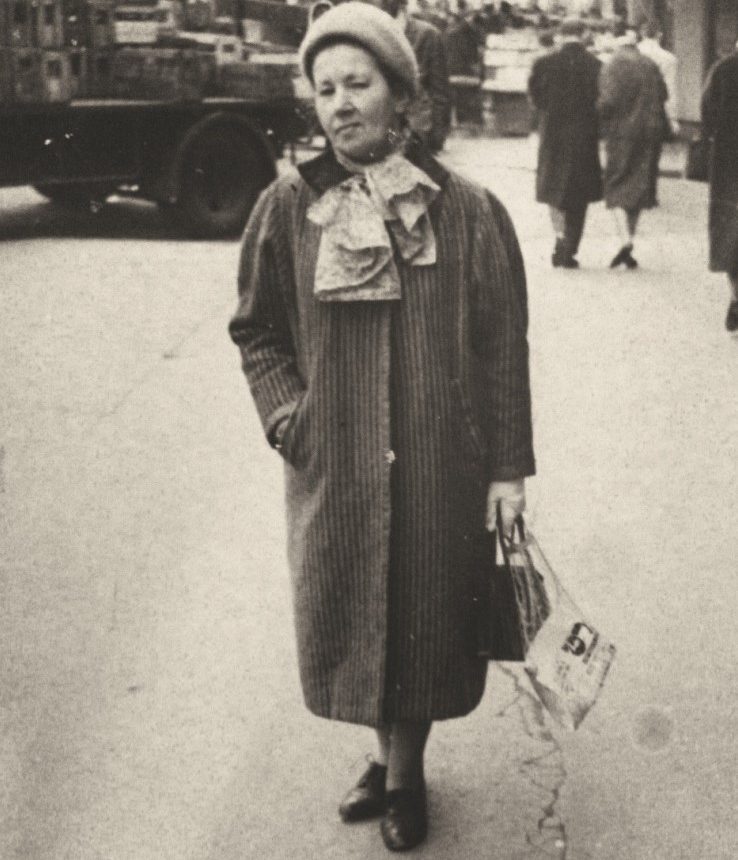Joseph BRONSTEIN
January 2, 2019Marc CHAGALL
January 2, 2019Esther CARP
SKIERNIEWICE (POLAND) 1910 – PARIS 1970
Esther Carp was born near Warsaw into a family of musicians. Her father was a violinist, a painter, and a photographer. Esther was different from her six sisters and took an interest in painting at a very young age. Esther Carp studied in Vienna at an art school before going to Paris in 1925. There, she discovered Nissim de Camondo’s collection and got enthusiastic about Alfred Sisley’s and Paul Cézanne’s paintings. In 1931 art dealer Leopold Zborowski organized an exhibition of her work. Her work was constructed like a mosaic, reminiscent of the Cubist structure.
In 1931 she left France for Poland. In 1941, following her first paranoia crisis, Esther Carp was hospitalized. During the war, this incident saved her life, as she was hidden in hospitals. In 1954, as Esther Carp was just again settling into her former Parisian life, she had another paranoia crisis, accusing her hotel manager of persecution and anti-Semitism. She was subsequently hospitalized. Back in Paris, she found a small studio on boulevard Saint-Germain but she was expelled from it shortly afterwards. During this period, she produced ballpoint pen drawings. On November 23, 1963, Esther Carp was committed to Sainte-Anne Hospital in Paris, and later in the Vaucluse, where she suffered from persecution delirium.
Stories of Jewish Artists of the School of Paris 1905-1939
FRENCH-ENGLISH
Capitale des arts, le Paris des années 1905-1939 attire les artistes du monde entier. De cette période de foisonnement, un terme est resté, celui d'Ecole de Paris, qui recouvre une grande diversité d'expression artistique. Dans ce brassage dont Montparnasse est le creuset, un groupe se distingue : celui des artistes juifs venus de Russie, de Pologne et d'Europe centrale. Si leurs styles sont variés, un destin commun les rassemble : ils fuient l'antisémitisme de leur pays d'origine. Certains ont connu la célébrité dès les années 1920, tels Soutine, Lipchitz ou Chagall. D'autres n'ont pas eu le temps ou la chance d'y accéder. Près de la moitié a péri dans les camps de concentration nazis.
From 1905 to 1939, Paris attracted artists from all over the globe as the capital of the art world. This period of artistic proliferation became known as the School of Paris, and includes a great diversity of artistic expression. Within the teeming art world centred on Montparnasse, one group set itself apart: Jewish artists from Russia, Poland, and Central Europe. Although their styles were diverse, they shared the common fate of fleeing anti-Semitic persecutions in their home countries. Some became famous in the 1920s, such as Soutine, Lipchitz, and Chagall, while others did not have the time or the luck to gain renown. Nearly half of these artists died in Nazi concentration camps.





